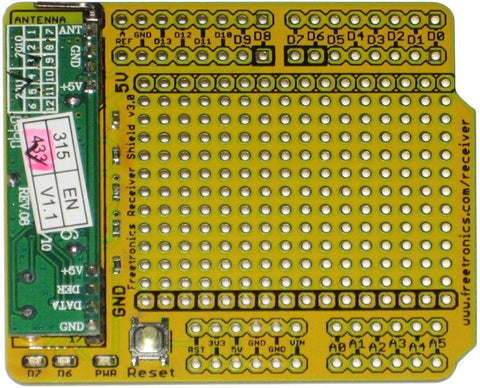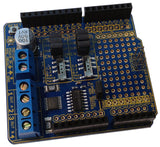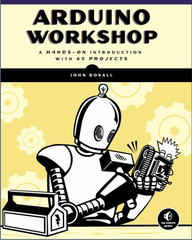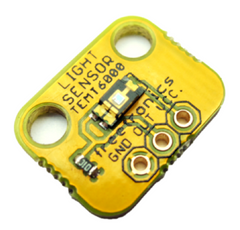An Arduino can be used as the base for all sorts of wireless remote-control projects, and the folks at the Creative Computing Club of Suffolk UK have created a neat tutorial that offers a joystick-style wireless remote control using two Arduino boards and 433 MHz wireless data link modules.
The process is quite simple - the transmitter's Ardiuno read the values from an analogue joystick and converts them into four directions and sends the result as serial text over the wireless link. The receiver's Arduino takes the text message and acts upon it - in this instance controlling four matching digital outputs.

This is a great framework for simple remote-control projects and should inspire greater things. To get started, visit the CCC's Instructable page. And for more, we're on facebook, twitter and Google+, so follow us for news and product updates as well.
If you're looking to work with your own RF wireless hardware, but don't want to make your own receiver circuit - check out our range of 315/433 MHz receiver shields:
Apart from being idea for working with the various low-cost data links on the market, the shield can also be used to capture wireless weather station data, as described in the book "Practical Arduino". For more information and ideas, check out the product page.





















